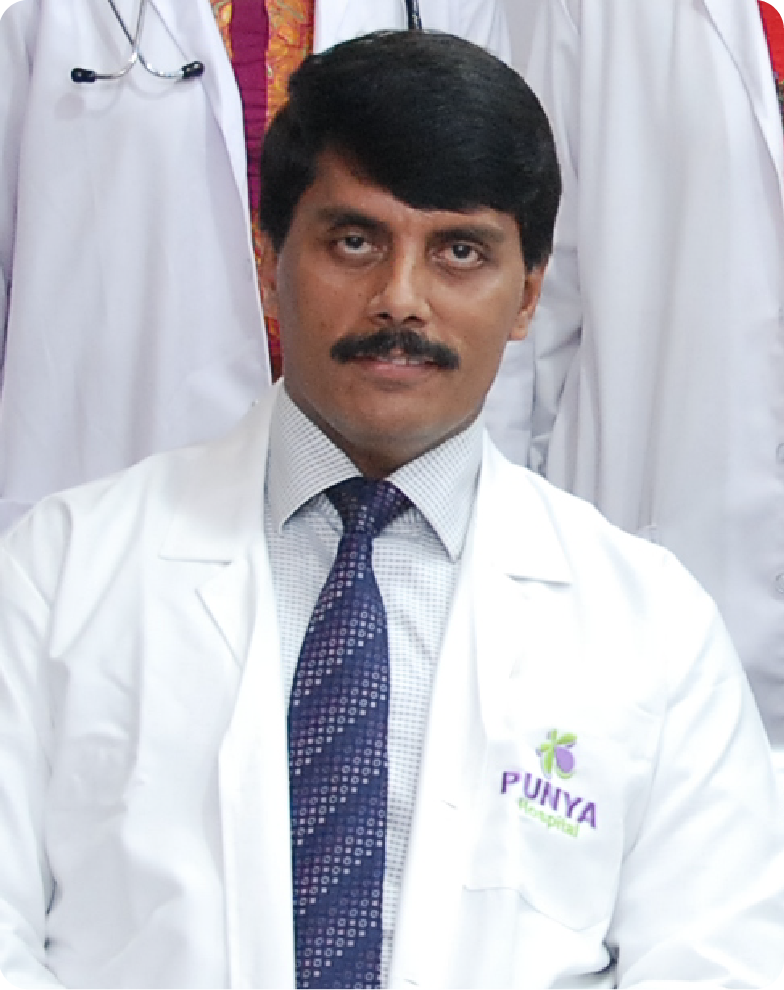Bariatric Surgery
Bariatric Surgery
Body mass index is a measure of one’s obesity. It a number obtained by dividing the weight of a person by the square of his height. Persons with body mass index greater than 30 is considered as obese persons. Obesity is a very depressing fact which has sever impacts on the normal functions like breathing, walking etc. of a person. In USA alone, 24 million people are patients of morbid obesity which causes problems like heart diseases, kidney failures, high levels of cholesterol, blood pressure etc.
Regular exercising and dieting are common method practiced by millions of people for reducing their obesity. But if they are not able to get any relief from the above conventional strategies, then surgeons have devised a surgical procedure through which either the volume of the stomach is reduced thereby reducing the quantity of the food consumed or the absorption of calories of the food consumed is restricted. These procedures are most commonly performed as laparoscopic surgeries.
Roux-en-Y Gastric Bypass Surgery
This is another laparoscopic procedure in which the working of a portion of the stomach is controlled by strappling a portion of the stomach. The small intestine’s length is also reduced by cutting it in the middle and the cut portion is connected to the reduced stomach. This helps to bye pass a small portion of the stomach as well as the small intestine. As the area of contact of the food and the stomach/intestine is reduced the absorption of calories from the food consumed is also reduced, resulting in non utilization of the food that is already consumed. The quantity of food that can be consumed reduces considerably after this surgery. It is suggested that patients who under go this procedure may take vitamin and calcium tablets to safeguard them from these deficiencies. Internal bleeding and infections are some of the possible risk factors associated with this procedure.
Symptoms
The commonest symptom is the difficulty in swallowing. The patients may feel that the swallowed food is stuck in the chest. Regurgitation of swallowed food and chest pain are other common symptoms experienced by such people. Heart burn, chest pain, feeling of fullness, lump in the throat and weight loss are other symptoms experienced by patients.
Diagnosis
The following tests are generally required to be performed for the diagnosis of achalasia.
Barium swallow: X-rays taken after swallowing barium will show the dilated esophagus.
Endoscopy: After giving sedation a thin flexible tube is inserted into the esophagus through mouth to view the inside of the esophagus.
Manometry: A tube lined with pressure sensors which measures the changes in the pressure inside the esophagus is inserted through the mouth or nose. This technique is used for confirming the diagnosis of achalasia.
Laparoscopic procedure
The surgeon makes a small incision of size 1 cm in the upper abdomen and introduces a cannula inside the abdomen. Through the cannula a video camera is inserted into the abdomen which takes the video of the internal organs and the surgery being carried out. This video is enlarged and shown before the surgeon. The surgeon makes four additional incisions of size 0.5 cms through which special instruments for carrying out the surgery are inserted. Seeing the videos in the monitor surgeon performs the surgery controlling the instruments remotely. The muscle portion of the esophagus is divided, the upper part of the stomach is rotated and fixed in such a way that it acts like a valve allowing the food to pass through it and preventing the re entry of acids and food through it.
After the surgery
The patient may feel some pain for about 12 to 24 hours after the surgery. During the first 12 hours some nausea and vomiting may be felt by the patients. The patients are allowed to have liquid food after 8 hours of the surgery and solid food can be taken on the next day of the surgery. The patients can get up and walk as soon as they are comfortable and in most cases it takes about 2-3 days. The patients completely recover within two weeks. Patients are expected to be soft diet for about 6 weeks after the surgery. The patients will be advised to eat small quantities of food slowly and to avoid carbonated liquids. The patients can return to their routine activities as soon as they feel comfortable. Most patients return to their normal activities within 10 to 15 days after the surgery.
OUR TEAM

Dr. Nagaraj B Puttaswamy
Senior Consultant - Laparoscopic Surgeon Bariatric Surgeon and Surgical Gastroenterologist


